Photojournalists torn by trauma, guilt from covering Duterte war on drugs
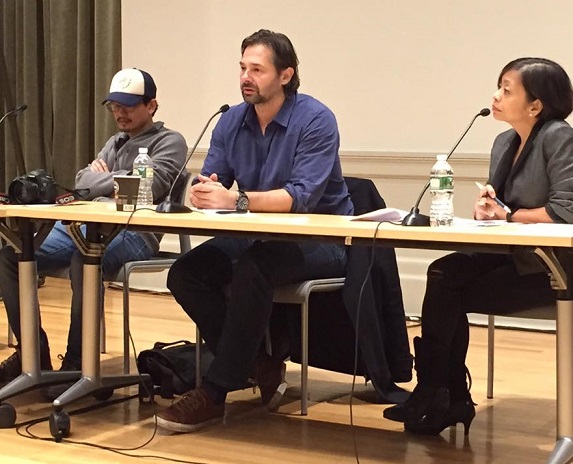
Speaking at the October 18 forum ‘Watching the Philippines, Reporting Duterte,’ held at the Columbia University, from left, photojournalists Raffy Lerma and Daniel Berehulak, and Sheila Coronel, dean at the Columbia School of Journalism. Photo by Rita Raagas de Ramos
By Cristina DC Pastor
Exposure to bullet-riddled and tortured bodies has overwhelmed photojournalists who have covered Rodrigo Duterte’s war on drugs, describing the trauma as similar to PTSD.
Pulitzer Award-winning Daniel Berehulak, who contributes to The New York Times, and freelance photographer Raffy Lerma, previously with the Philippine Daily Inquirer, spoke about the stress of the coverage in a forum, “Watching the Philippines, Reporting Duterte,” at the Columbia University. Both reported receiving harassing threats.
“My Facebook and Twitter accounts were hacked,” said Berehulak, who stayed in the Philippines for 35 days in 2016 covering the government campaign against drugs for the Times. His article, “They are slaughtering us like animals,” which several contained graphic photos and his eyewitness narrative, was widely read and has been translated into Tagalog.
The heinous anti-drug campaign has killed anywhere from 7,000 to 12,000 Filipinos, according to multiple, conflicting reports out of Manila.
“If I stayed longer than one month, it (the trauma) would have been like symptoms of PTSD (post-traumatic stress disorder),” he told The FilAm. He said the Times has offered if he needed therapy counselling.
“This is something I never experienced before,” said Berehulak, an Australian photojournalist who has been to 60 countries, such as Iraq and Afghanistan, on assignment.
“It is really important to have an outlet, to talk about what we see, what we have witnessed,” he told the forum. He said journalists are like most humans who are capable of “empathy.”
“There was a time I thought I was being desensitized (seeing) body parts that didn’t even resemble people,” he said.
On the sidelines of the forum, he told this reporter that he is planning a return to the Philippines sometime this year to visit the families of the victims and “see how the stories are changing.”
“Right now I’ve already been getting threats like, ‘we will find you, we will blow you up when you come back here,’” he said.
Asked how photographers support each other, Lerma said somewhat facetiously that drinking has been a coping mechanism, eliciting mild laughter from the audience.
He said the killings filled him with terror. He shared how he has received harassing messages on social media for his series of images showing the merciless murders of drug suspects by police and other armed men. His most riveting and probably most shared photograph is the “Pieta” showing the dead body of pedicab driver Michael Siaron being cradled by his weeping wife Jennelyn Olaires — the title inspired by the sculpture of Michelangelo.
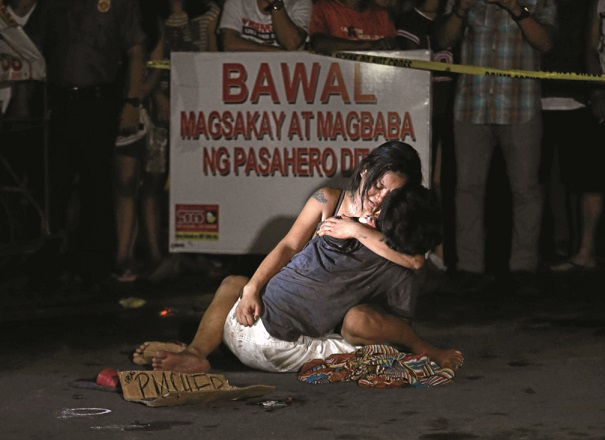
Lerma’s ‘Pieta’ image — published by the Philippine Daily Inquirer in July 2016 — was criticized by President Rodrigo Duterte in his State of the Nation Address as ‘overly dramatic.’
To Lerma, this July 2016 killing was the last straw. He took a few shots, then put down his camera “to join the survivors in mourning.”
“I felt guilty,” he told the forum, admitting how he felt the need to express solidarity with the families. Later he would see Olaires again and offered an apology. “She didn’t say anything, she just held my hand,” he said.
“Pieta” caught the attention of President Rodrigo Duterte and criticized it in his State of the nation Address as “overly dramatic.” His legions of supporters blasted the photograph as a “sensationalized” attempt to exaggerate the killings. Berehulak and Lerma stressed there was nothing stage-managed about their photographs.
Vicente Rafael, professor of History at the University of Washington in Seattle, said the photographs of the war on drugs are “brilliant, transformative, and incredibly powerful.”
He said the images are the most visible and most visceral record of Duterte’s “necropolitics” as he expressed the hope that works of art would be powerful enough to “put an end to war.”
The forum was organized by the Columbia School of Journalism. Sheila Coronel, the school’s dean of Academic Affairs, was one of the moderators.
© 2017 The FilAm

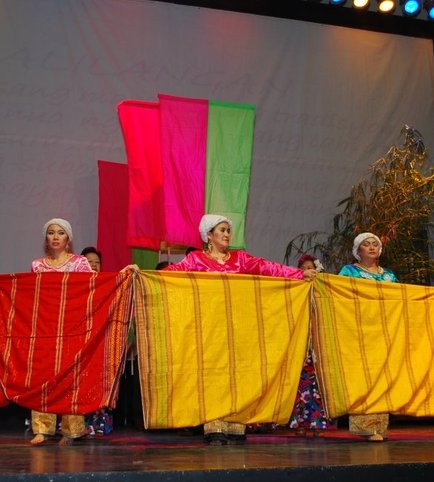
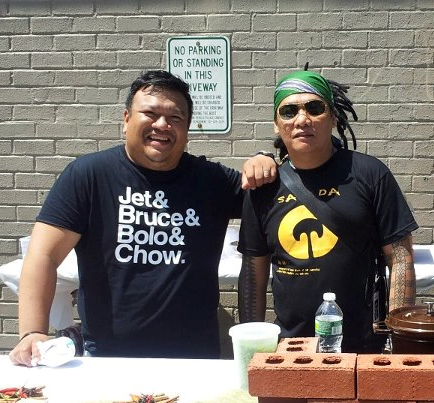
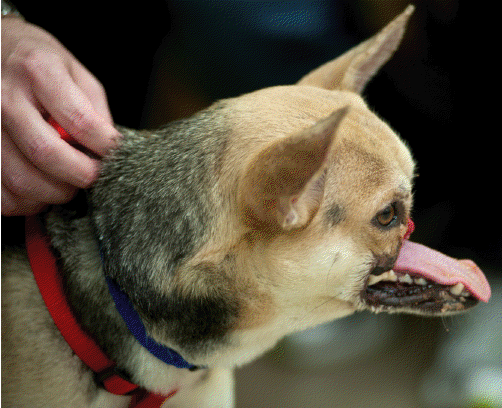

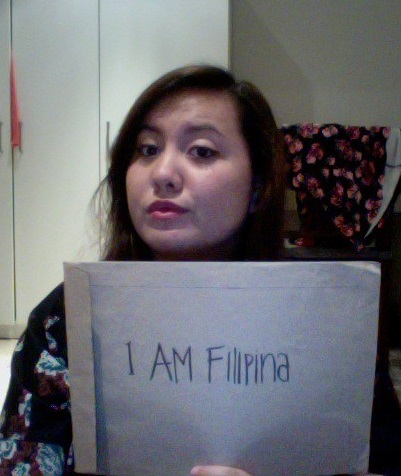
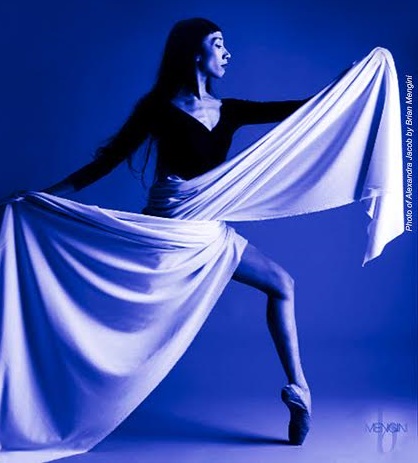

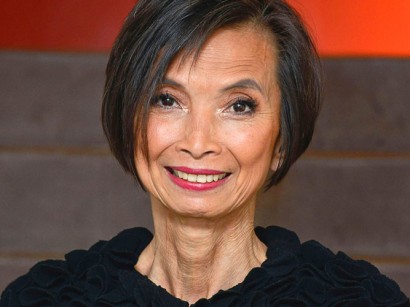
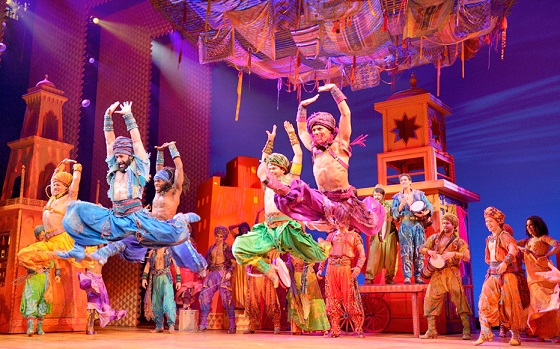
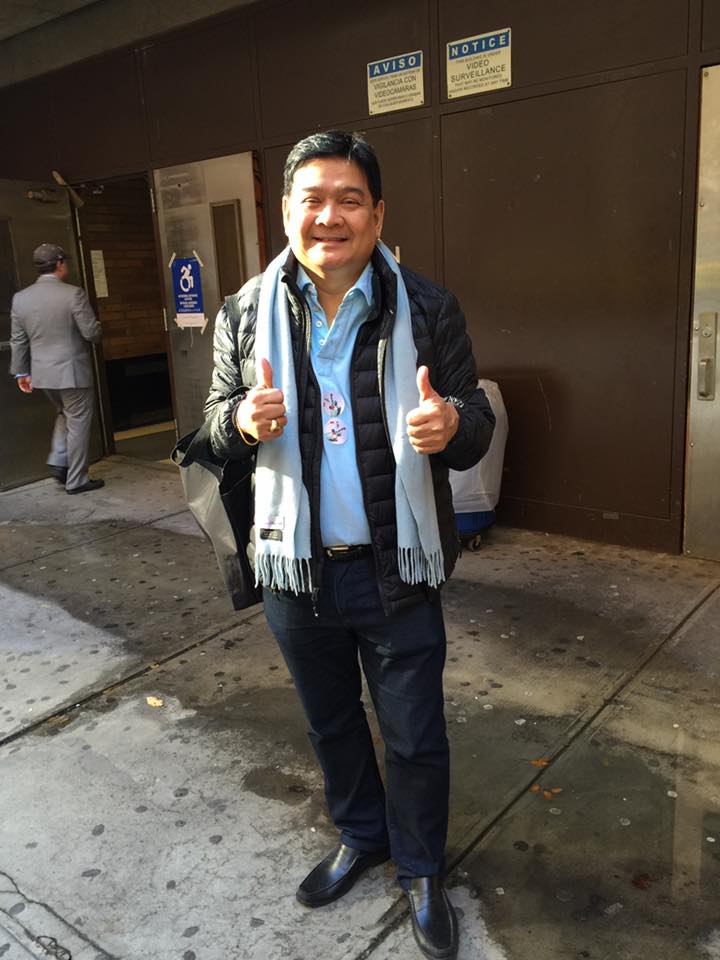



Full of BS and lies. What good does it give these types of journalists to peddle such malice? Their pockets, most probably.
Just read the column of Roberto Tiglao today in Manila Times, saying that the Lerma’s “Pieta” is the fakest fake news Inquirer photo! Please read . The Photojournalists’ Center of the Philippines (PCP) is preparing statement to answer Tiglao’s column.
Fake News!
Do you mean to say that Michael Siaron in that PIETA LIKE PHOTO with her crying partner was killed during a POLICE OPERATION?
Well, well, well … maybe you guys should change your narrative of that “Pieta” photo now that official, scientific and forensic examination, testing and evaluation have revealed that the bullet that snuffed the life out of your late poster boy, Michael Siaron came from the gun of a drug syndicate hit man (who himself was taken down by police in December last year) and not through state-sponsored extra-judicial killing that you have been parroting all this time ’til you’re blue in the face. And will Lerma return his award from the Center for Media Freedom and Responsibility, funded by the American National Endowment for Democracy (by the way, isn’t this a CIA front?). Maybe he should not, after all it is a technically good photo after he must have painstakingly production-designed it.
I have nothing against the photograph,,but there’s always 2 sides in story,,, the problem with it is the photojournalist who took them,,they never really tried to get the other side of the story,,, they just like to have publicity and to be famous,,now you are considered fame whoring and I believe you are one…it is unfair to the police, to the government,,and most of all,,to all the Filipinos because, you inflicted the wrong story to us,,,luckily few just believed in your maliciously intended photograph… Thank God, Filipinos are now well informed by other means like Facebook and other blogs,,, thanks to the inventor of Internet…
Necropolitics or narcopolitics is to be blamed? necropolitics is synonymous to narcopolitics. a kind of politics that the previous administrations had employed in ruling over our beloved country, Philippines.
Credibility of this photographer is very questionable when he only speaks of the brutality of his photographs without being objective of the real facts and issues behind it.
Are they going to make a public apology now this Pieta pic that they said is a sample of EJK?.. Specially the Inquirer?